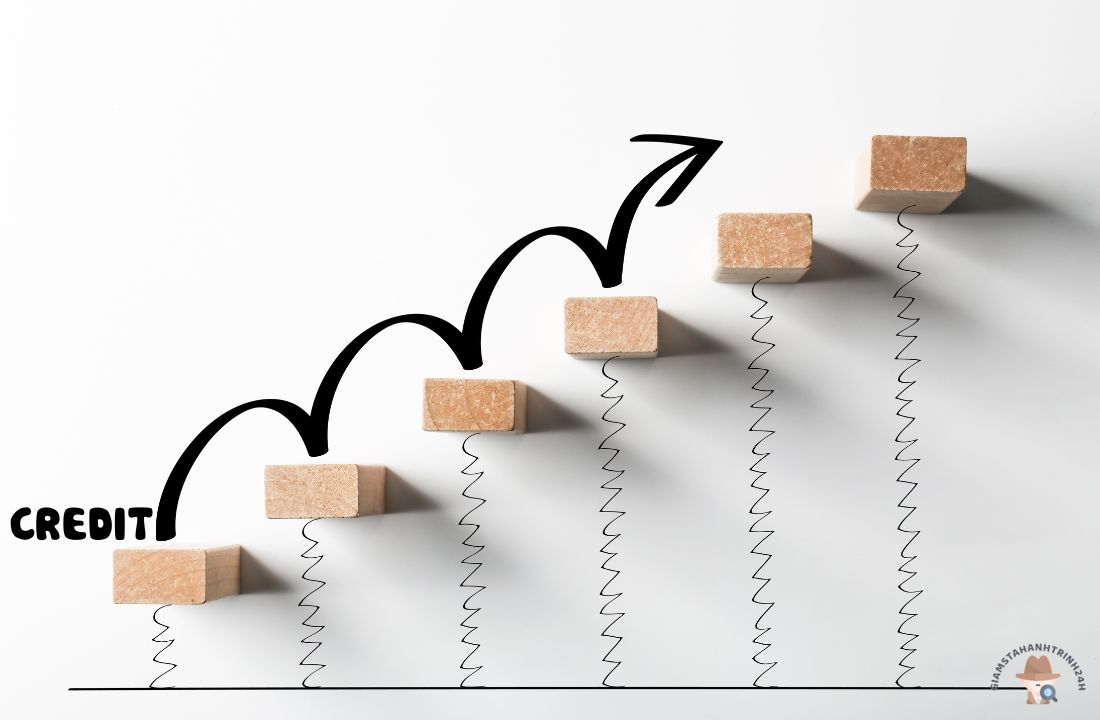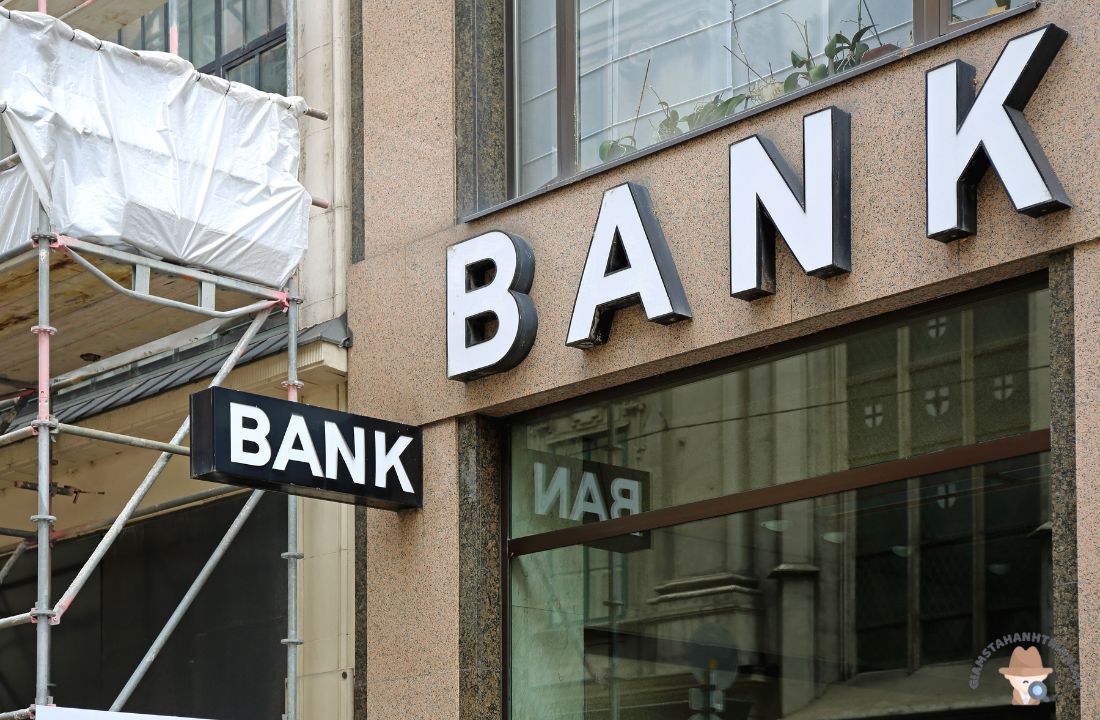Credit growth is a term that is often used in the financial world, but many people may not fully understand its meaning and implications. In simple terms, credit growth refers to the increase in the amount of credit available in an economy over a period of time. This can be seen as a measure of the overall health and stability of the financial system, as well as an indicator of economic growth.
In this article, giamsathanhtrinh24h.vn and you will delve deeper into the concept of credit growth, its meaning, rate, and its impact on the banking sector. We will also explore the relationship between credit growth and deposit growth, and take a closer look at the credit growth of banks. By the end of this article, you will have a better understanding of this important aspect of the financial world.
Credit Growth
Credit growth is a key indicator of the overall health of an economy. It measures the increase in the amount of credit available in an economy over a period of time. This credit can come from various sources such as banks, non-banking financial institutions, and other lending institutions.

The main purpose of credit growth is to stimulate economic activity by providing individuals and businesses with the necessary funds to invest and grow. When credit growth is high, it indicates that there is a strong demand for credit, which in turn suggests a healthy and growing economy.
On the other hand, low credit growth can be a sign of a sluggish economy, as it reflects a lack of demand for credit. This could be due to factors such as high interest rates, weak consumer confidence, or a slowdown in business activity.
Credit Growth Rate
The credit growth rate is the percentage change in the amount of credit available in an economy over a specific period of time. It is usually measured on a year-on-year basis, comparing the current level of credit to the same period in the previous year.
A high credit growth rate is generally seen as a positive sign for the economy, as it indicates that there is strong demand for credit and people are willing to borrow and invest. However, if the credit growth rate is too high, it could lead to concerns about the stability of the financial system and potential risks of over-indebtedness.
On the other hand, a low credit growth rate may be a cause for concern, as it suggests a lack of confidence in the economy and a slowdown in economic activity. This could also lead to a decrease in investment and consumption, which can have a negative impact on economic growth.
Credit Growth in the Banking Sector
The banking sector plays a crucial role in credit growth, as banks are the primary source of credit for individuals and businesses. The growth of credit in the banking sector is closely monitored by regulators and policymakers, as it has a significant impact on the overall health of the economy.
Banks generate credit by lending out the deposits they receive from customers. These deposits act as a source of funds for banks, which they use to provide loans and other forms of credit. Therefore, the growth of credit in the banking sector is closely linked to the growth of deposits.
Credit Growth vs Deposit Growth
Credit growth and deposit growth are two important indicators that are closely related to each other. As mentioned earlier, banks use deposits to generate credit, so the growth of deposits is a key factor in determining the level of credit growth.

However, there are times when credit growth may outpace deposit growth, leading to a situation known as credit expansion. This means that banks are lending out more money than they have in deposits, which can create liquidity issues and increase the risk of default.
On the other hand, if deposit growth outpaces credit growth, it can lead to a situation known as credit contraction. This means that banks are not lending out all the deposits they have received, which can result in a decrease in credit availability and slow down economic activity.
Factors Affecting Credit Growth and Deposit Growth
There are several factors that can affect the growth of credit and deposits in an economy. These include:
- Interest rates: When interest rates are low, it becomes cheaper for individuals and businesses to borrow money, which can lead to an increase in credit demand and credit growth. On the other hand, high interest rates can discourage borrowing and lead to a decrease in credit growth.
- Economic conditions: In times of economic growth, there is usually a higher demand for credit as businesses expand and individuals invest in new ventures. This can lead to an increase in credit growth. However, during an economic downturn, credit growth may slow down as people become more cautious with their spending and investment.
- Government policies: Government policies such as tax incentives or subsidies can influence credit growth by making it easier or more attractive for individuals and businesses to borrow money. For example, a government may offer tax breaks for businesses that invest in certain sectors, which can lead to an increase in credit demand and credit growth.
- Consumer confidence: The level of consumer confidence can also have an impact on credit growth. When consumers are optimistic about the economy and their future prospects, they are more likely to take on debt and increase credit growth. On the other hand, if consumer confidence is low, people may be more hesitant to take on debt, leading to a decrease in credit growth.
Credit Growth of Banks
Banks play a crucial role in the overall credit growth of an economy. As mentioned earlier, they are the primary source of credit for individuals and businesses, and their lending activities have a direct impact on the level of credit available in the economy.

The credit growth of banks is closely monitored by regulators and policymakers, as it can have a significant impact on the stability of the financial system. High levels of credit growth can lead to concerns about over-indebtedness and potential risks to the banking sector, while low credit growth can signal a lack of confidence in the economy.
Factors Affecting Credit Growth of Banks
The credit growth of banks is influenced by various factors, including:
- Capital adequacy: Banks are required to maintain a certain level of capital to ensure their financial stability and ability to absorb potential losses. If a bank’s capital levels are low, it may be more cautious in its lending activities, which can lead to a decrease in credit growth.
- Risk appetite: Banks have different risk appetites, which can affect their lending decisions. Some banks may be more conservative and only lend to low-risk borrowers, while others may be more willing to take on higher-risk loans. This can impact the level of credit growth for each bank.
- Regulatory requirements: Banks are subject to various regulations and guidelines that dictate their lending practices. For example, regulators may require banks to maintain a certain level of liquidity or limit the amount of exposure to certain types of loans. These regulations can influence the credit growth of banks.
- Economic conditions: The overall economic conditions can also have an impact on the credit growth of banks. During times of economic growth, banks may be more willing to lend, leading to an increase in credit growth. However, during an economic downturn, banks may become more cautious and reduce their lending, resulting in a decrease in credit growth.
Conclusion
In conclusion, credit growth is an important indicator of the health and stability of the financial system and the overall economy. It measures the increase in the amount of credit available in an economy over a period of time and is closely linked to economic growth.
The credit growth rate, credit growth in the banking sector, and the credit growth of banks are all key factors that are closely monitored by regulators and policymakers. Various factors such as interest rates, economic conditions, and government policies can influence the level of credit growth in an economy.
Understanding credit growth is crucial for individuals and businesses, as it can have a significant impact on their ability to access credit and invest in their future. By keeping an eye on credit growth, we can gain valuable insights into the state of the economy and make informed financial decisions.
giamsathanhtrinh24h.vn

